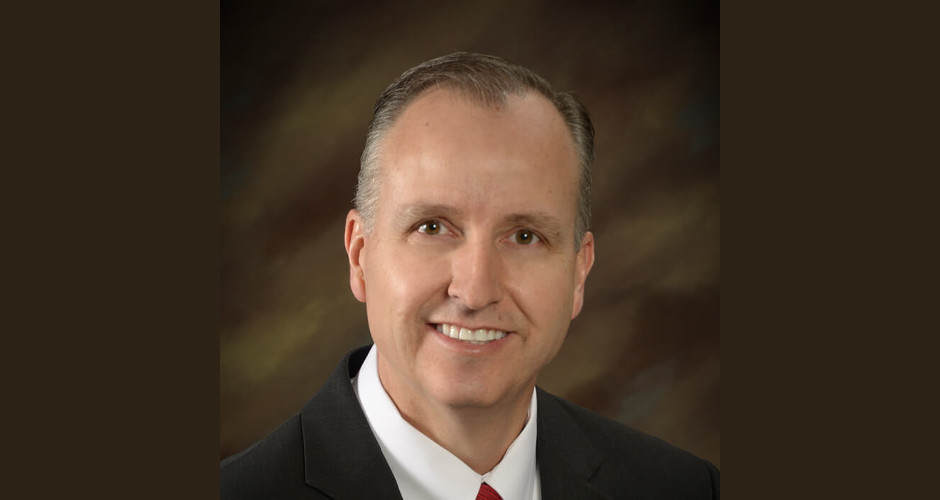What if we bought groceries the same way we “buy” public education? Each community would have a local grocery district and families would be assigned their local grocery “stores.” Many would mistakenly think the food is free because there would be no charge at the public grocer for what you consume. It would all be funded by local property taxes, state income taxes, lottery money, and even a chunk from the federal government.
Grocery facilities would continuously ask for more funding to even maintain the current dismal food offerings. They would form public grocers unions to protect the workers from local grocery boards who—they say—care nothing about groceries and grocers, but only about cutting worker salaries. Idaho would probably spend less on food than most other states, but that would be viewed as a lack of commitment to quality food.
People would be slow to recognize that the “public” part of the food process is the problem. There simply aren’t good incentives for public grocers to increase quality or cut costs. In fact, the incentives run opposite—more spending is always deemed superior to less. And, very few of us would be satisfied with our local food choices or quality.
No problem; Broulims and Albertsons would still be allowed to operate, but anyone wishing to shop there would have to pay out-of-pocket for the private store groceries—in addition to paying for public groceries they prefer not to consume. That would be called “choice.”
Finally, anyone who would have the audacity to criticize public grocery would be roundly criticized because, after all, “…didn’t we all grow up benefitting from public grocery?” “You didn’t die. You’re nourished; something must be working right in public grocery.” “Going back to a ‘fend for yourself’ system would endanger those least capable of affording groceries.”
Someone might suggest a middle-ground. Why not allow competition? How about food vouchers, where individuals and families could spend their public food dollars how they wish—either at public grocers, Broulims or Albertsons? That way, families who are dissatisfied with public supermarkets could find better options (if they existed). It might even make the public grocery facilities try harder to make sure that their consumers did not take all their dollars somewhere else.
“[A] national poll of American mothers finds that 71% support school vouchers for all children to get the best education possible.” (FFEC, 2012) Maybe it’s time to rethink education. The next time you stroll through your grocery store, imagine what it might be like if it were run like a public school. Would you expect the same variety, quality, and pleasant service? Wouldn’t you want more choices? Why should education be any different?
Ron Nate is a professor of economics at BYU-Idaho. He specializes in applied microeconomics, public economics, quantitative methods, economics of education, poverty economics, and public choice. He has been teaching for a combined 26 years, beginning at the University of Connecticut, Ohio University-Eastern, and the last 17 years at BYU-Idaho.


